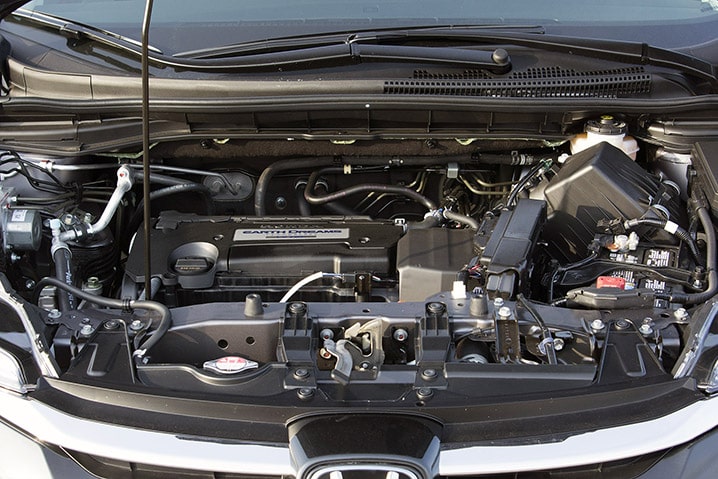2016 Honda CRV Burning Oil, Is My 2016 Honda CR-V Burning Oil?, If your engine is burning oil, you may be wondering if there is something wrong with your vehicle. When it comes to fixing problems like this, there are a number of things that you can do. These include checking your hoses, changing the oil, and checking the valve seals. There are even signs to look out for that indicate if your valve seals are bad.
Can you mix conventional oil and synthetic motor oil?
When it comes to your vehicle, there are a number of things that you need to pay attention to. This includes making sure that your engine has the right oil.
There are a number of different types of motor oil on the market. They are all designed to work in similar ways. Generally, it is better to follow the manufacturer’s instructions on how to change the oil in your vehicle.
Synthetic motor oils have several advantages over conventional motor oils. They provide better protection for your engine, and they have a wider operating temperature range. These benefits help reduce wear and tear.
However, there are some disadvantages to mixing synthetic and conventional oils. For one thing, if you mix the two types of oil, you may need to change your oil sooner. Another drawback is that you will dilute the effectiveness of your synthetic oil. You may also experience less fuel efficiency.
Signs your valve seals are bad

If you’re experiencing bad engine performance, there are a number of reasons. One of the most common is poor seals in the valves. Valve seals are essential to the functioning of your engine. They are made of durable rubber and are placed across the top of the valve.
They are responsible for preventing oil leaks and maintaining pressure in the valve train. A leak can cause the engine to misfire or become overheated. It can also result in excessive oil consumption. Fortunately, there are a few signs that you can watch for to tell if your valves are leaking.
The most common sign of a faulty valve seal is blue smoke. This cloudy, blueish smoke will be coming out of the exhaust pipe. You can also see oil on the spark plugs.
Another symptom is a burnt valve. This happens when there is a gap between the valve stem and the guide. Oil gets stuck at the gap and starts burning in the exhaust.
Prevent damage, knocking and friction

One of the problems Honda CR-V owners have complained about is the dilution of engine oil with gasoline. The NHTSA has acknowledged that some cars have this problem, but has yet to officially acknowledge if it’s a symptom or a cause.
The problem occurs in certain models that have a 1.5-liter turbocharged engine. This engine was designed to increase fuel efficiency and improve overall vehicle performance. However, Honda hasn’t fully explained what exactly caused the problem.
Some have suggested that the gas and oil dilution is a problem associated with improperly designed fuel injectors. These injectors spray fuel directly onto the walls of the cylinders. In turn, this can cause damage and knocking in the engine.
Other owners have reported that the problem is more widespread. They say it can occur during warmer temperatures. Also, a few have cited the problem in cold weather.
A fix is available for the CR-V, but will not be ready until mid-November. Honda will not charge for this repair, and will apply it to all models before they go on sale.
Keeping records of oil changes

If you own a Honda CR-V, you need to maintain records of your oil changes. Oil helps keep the motor lubricated, reducing friction and wear. It also helps prevent corrosion. You can check your owner’s manual or speak with your dealer.
You may notice that your car makes a lot of noise when you drive. The sound may be due to dirty oil. Dirty oil cannot lubricate the engine effectively. Your engine may overheat if you drive too long between oil changes.
When you turn your vehicle on, an on-board computer monitors the oil level. The oil’s viscosity will decrease over time. In addition, the oil will collect debris. Overtime, this buildup could cause more friction, which could lead to performance issues.
Check the oil level at least once a week. Overfilling the tank can damage your engine. Make sure to have a mechanic inspect your oil for contaminants.
If your vehicle is older, it may need a more frequent oil change. A yearly or bi-annual oil change can be a good idea. This will ensure that your vehicle runs smoothly and avoid unnecessary oil spills.
Editor’s advice; 2015 Honda CRV Burning Oil
